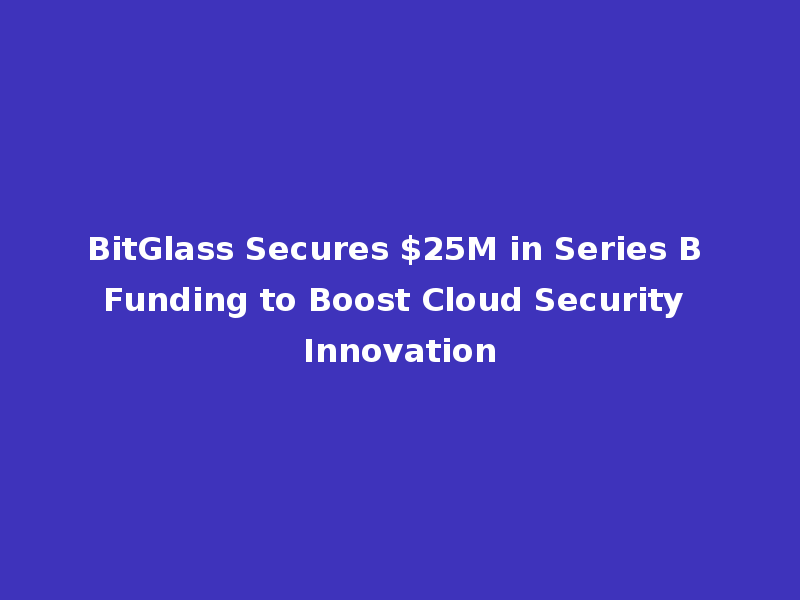Sandstorm Aims to Decentralize the Web with User-Controlled Cloud Servers
The Push for a More Decentralized Internet
In an era where tech giants dominate the digital landscape, open-source initiatives like Sandstorm are challenging the status quo. This innovative project, led by former Google engineer Kenton Varda (creator of Cap’n Proto), empowers users to take control of their online experience by simplifying personal server management.
What Is Sandstorm?
Sandstorm is an open-source personal cloud platform designed to:
- Democratize server ownership – Enables non-technical users to run their own servers
- Promote privacy – Keeps user data consolidated rather than scattered across corporate servers
- Support indie & open-source apps – Provides a platform for smaller developers to thrive
Key Features:
- Cloud-based servers – Runs on Sandstorm’s infrastructure for ease of use
- Physical server support – Optional for tech-savvy users
- Secure sandboxing – Isolates apps for enhanced security
- App interoperability – Allows controlled sharing between applications
Why This Matters for Web Users
Traditional web services require users to surrender control of their data to large corporations. Sandstorm flips this model by:
- Giving users complete ownership of their data
- Eliminating concerns about app discontinuation by major providers
- Creating a single point of control for all personal applications
“Sandstorm makes it radically easier for users to run their own servers,” explains Varda. “This gives users privacy and freedom—no spying, no disappearing apps, all data in one place.”
Current Status and Future Goals
The project is currently in early development, with a live demo available for testing. The team is crowdfunding $50,000 via Indiegogo to:
- Polish the platform for mainstream adoption
- Develop an indie app marketplace
- Enhance enterprise tools for business use
Already Supported Apps:
- Etherpad (collaborative document editor)
- Mailpile (web mail client)
- Ghost (blogging platform)
- Tiny Tiny RSS (RSS feed reader)
- IPython Notebook (interactive computation environment)
Challenges and Target Audience
While the concept is promising, Sandstorm faces significant hurdles:
- Technical complexity – Server management remains intimidating for average users
- Mainstream app dominance – Services like Gmail and Facebook have entrenched user bases
Initially, Sandstorm will focus on:
- Power users
- Open-source advocates
- Privacy-conscious individuals
- Enterprise clients seeking SaaS alternatives
The Business Model
Sandstorm plans to generate revenue through:
- $5/month hosting fees for personal users
- Enterprise tools for businesses
- App marketplace commissions
As Varda notes: “Later on, we believe it is the apps themselves that will attract ‘mainstream’ users. Sandstorm’s lower barrier to entry will make available a wide variety of niche apps.”
This initiative represents an important step toward a more user-centric internet, where individuals—not corporations—control their digital lives.












